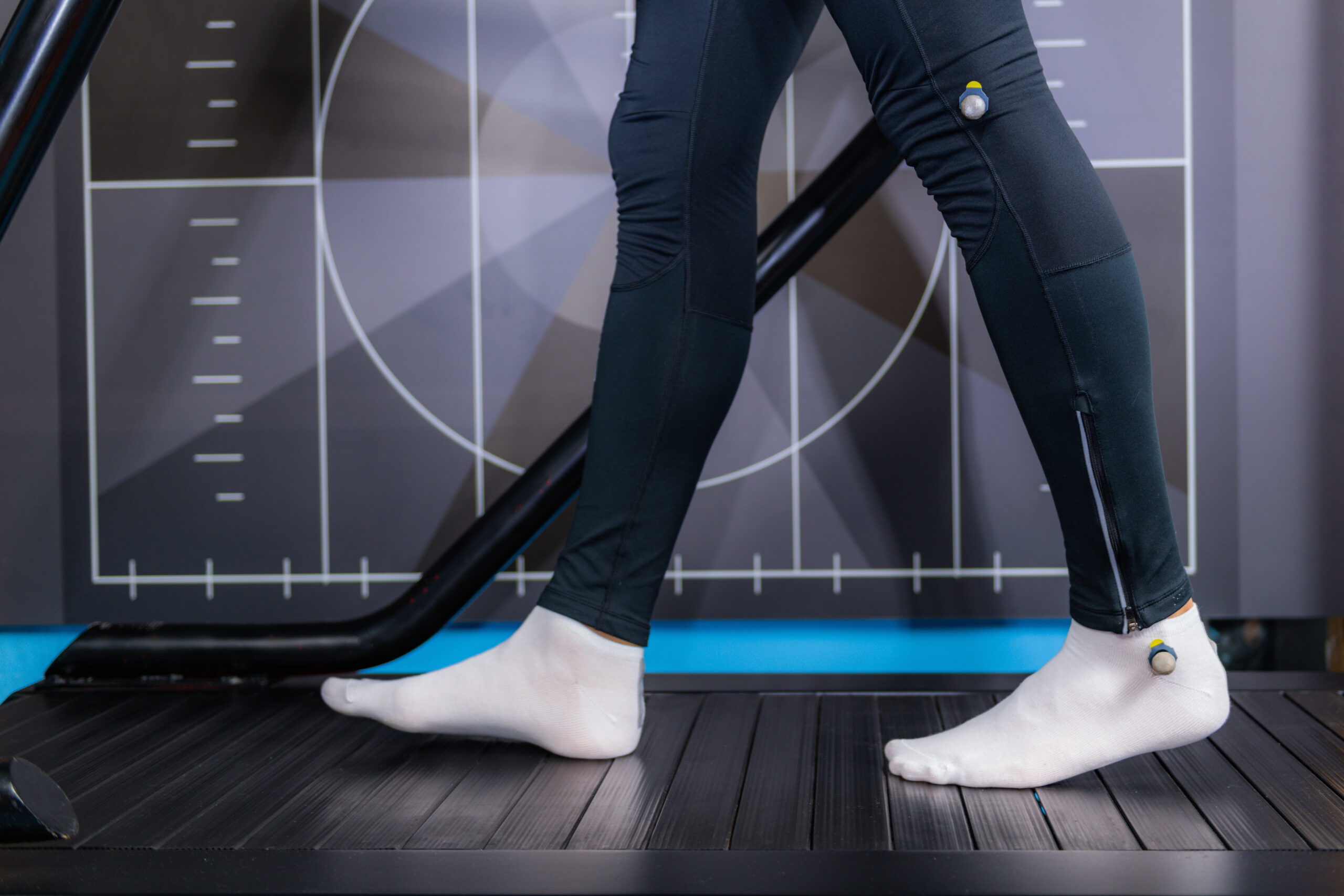In the realm of orthopedic rehabilitation, physical therapy, and biomechanics, precise measurement and analysis of force interactions form the backbone of successful treatment outcomes. Historically, professionals relied heavily on visual assessment, patient feedback, and basic measurement tools, often leaving gaps in understanding detailed biomechanical processes. Advanced 3D force plate technology addresses these limitations by providing comprehensive, precise, and actionable force data that dramatically enhances rehabilitation strategies, prevents injury, and ultimately improves patient outcomes.
Current Limitations in Biomechanical Measurement Systems
Traditional force measurement devices, such as standard force plates, predominantly measure vertical forces (Z-axis) during movement analysis. While vertical force measurement provides critical insights into body weight distribution and impact force, it neglects significant lateral (X-axis) and longitudinal (Y-axis) forces crucial for a holistic biomechanical assessment. This gap restricts healthcare providers’ ability to fully diagnose, treat, and prevent musculoskeletal disorders effectively.
Furthermore, existing force plates often suffer from cumbersome designs, significant installation requirements, and prohibitive costs. These barriers frequently limit widespread adoption in clinical settings, rehabilitation centers, and smaller healthcare facilities, depriving many professionals of essential biomechanical analysis capabilities.
First Principles: Multidimensional Force Analysis
Approaching biomechanics from first principles requires recognizing that human movement involves complex interactions of forces across multiple dimensions simultaneously. Effective rehabilitation and injury prevention depend heavily on precisely understanding these multidirectional forces:
- Vertical Forces (Z-axis): Primarily indicate load-bearing capacities and impact dynamics crucial in assessing gait patterns and weight-bearing activities.
- Lateral Forces (X-axis): Critical for evaluating stability, balance, and sideways movements, highlighting risks associated with lateral instability and potential falls.
- Longitudinal Forces (Y-axis): Essential for understanding forward and backward propulsion forces, significantly affecting gait mechanics and efficiency.
Comprehensive measurement and analysis of all these force dimensions simultaneously provide clinicians, therapists, and hospital administrators with richer, actionable insights for diagnosis, treatment planning, and injury prevention.
Revolutionary Advancements in 3D Force Plate Technology
Humatric’s patented advanced 3D force plate technology combines cutting-edge sensing methodologies—including strain gauges, piezoelectric sensors, capacitive arrays, and tactile sensing components—into an ultra-thin, highly precise measurement platform. Unlike traditional, cumbersome force plates, this innovation offers a remarkably slim profile, unparalleled sensitivity, and significant affordability, making advanced biomechanics accessible to a broader spectrum of clinical and therapeutic settings.
Unmatched Advantages of Ultra-Thin 3D Force Plates
Comprehensive Biomechanical Insights
The multidimensional sensing capability of Humatric’s force plates allows professionals to capture detailed biomechanical interactions previously unattainable. By measuring vertical, lateral, and longitudinal forces simultaneously, clinicians gain an integrated, real-time picture of patient movement patterns, enabling more accurate diagnoses, targeted rehabilitation programs, and effective preventative interventions.
Enhanced Stability and Balance Analysis
The detailed measurement of lateral forces significantly enhances stability and balance assessments. Clinicians can precisely identify instability and asymmetry in patients recovering from injury or surgery. This capability is invaluable in creating tailored balance training programs, reducing fall risks, and ensuring safer recovery processes, particularly in elderly populations and patients with neurological conditions.
Improved Gait and Movement Diagnostics
Real-time longitudinal force data enables therapists to assess and optimize gait mechanics comprehensively. Accurate measurement of forward and backward propulsion forces facilitates precise corrections in walking and running patterns, significantly improving movement efficiency, reducing energy expenditure, and mitigating injury risks.
Real-Time Biofeedback and Monitoring
The integration of advanced sensors provides instant feedback on patient movements, enabling real-time biofeedback during therapeutic sessions. Immediate visual and numerical data assist therapists in guiding patients toward correct movement patterns, greatly accelerating rehabilitation progress and reinforcing proper biomechanics.
Ultra-Thin, Lightweight, and Affordable Design
Unlike traditional bulky and costly systems, Humatric’s 3D force plates offer a sleek, ultra-thin construction easily integrated into existing clinical spaces without significant installation costs or structural modifications. This streamlined design significantly reduces barriers to adoption, enabling widespread utilization across various healthcare settings, from small outpatient clinics to large hospitals and specialized rehabilitation centers.
The affordability and ease of integration facilitate greater accessibility to advanced biomechanical technology, democratizing high-quality care and enhancing clinical outcomes broadly.
Transformative Applications in Rehabilitation and Injury Prevention
Precise Rehabilitation Programs
Advanced 3D force plates allow therapists to design highly personalized rehabilitation programs based on precise biomechanical assessments. Tailored interventions targeting specific force imbalances or inefficiencies greatly enhance rehabilitation effectiveness, reducing recovery times and improving long-term patient outcomes.
Preventative Diagnostics and Interventions
By detecting subtle force imbalances and compensatory movements before they manifest clinically, 3D force plates enable proactive interventions. Healthcare providers can implement preventative measures early, significantly reducing injury occurrence rates and long-term healthcare costs.
Post-Operative Monitoring and Recovery
Accurate force data provides critical insights into post-operative recovery, allowing therapists and orthopedic specialists to monitor rehabilitation progression meticulously. Real-time force analysis facilitates targeted adjustments in therapy, ensuring optimal healing and reducing reinjury risks.
Advanced Sports Medicine Applications
In sports medicine, precise force measurement enhances injury prevention strategies and performance optimization. Detailed analysis of athletes’ biomechanics enables sports therapists to identify and correct subtle movement inefficiencies or asymmetries, enhancing performance, durability, and injury resilience.
Integration with Industry-Standard Biomechanical Analysis Software
To ensure seamless integration into clinical workflows, Humatric’s advanced 3D force plates are developed to be fully compatible with industry-standard biomechanical analysis software such as Noraxon and Vicon. This compatibility ensures that healthcare providers can easily incorporate this revolutionary technology into their existing diagnostic and therapeutic practices, maximizing efficiency and minimizing disruption.
Future-Ready Technology and Validation
Currently, our innovative 3D force plates are undergoing rigorous scientific validation to ensure they meet and exceed clinical accuracy and reliability standards. We are committed to providing healthcare professionals with validated, reliable tools capable of transforming patient care and clinical outcomes significantly.
Join Our Pilot Program
Starting September 2025, we invite healthcare providers, orthopedic specialists, physical therapists, and clinical managers to participate in our pilot program. This early adoption opportunity offers hands-on experience with our revolutionary 3D force plate technology, allowing your facility to lead in patient care innovation.
Join us in pioneering a future where advanced biomechanics become the new standard of care, dramatically enhancing patient outcomes and rehabilitation success.

Leave a Reply